Aeroponics for Beginners: How to Overcome Common Challenges and Find Solutions
Are you ready to take your gardening game to new heights? Aeroponics might just be the ticket to cultivating your green thumb in the most innovative way possible. Ever wondered how you can grow plants without soil? Or how you can achieve maximum yields with minimal space? Aeroponics holds the answers to these questions and more. In this guide, we’ll dive into the world of aeroponics, exploring how beginners can overcome common challenges and find effective solutions. From setting up your system to troubleshooting potential issues, we’ve got you covered. Get ready to embark on a journey of discovery and unlock the secrets to successful aeroponic gardening!
Table of Contents
Understanding the Basics of Aeroponics
Aeroponics represents a cutting-edge approach to gardening that defies traditional notions of soil-based cultivation. In this innovative method, plants are suspended in a nutrient-rich mist, allowing their roots to thrive in a soil-less environment.
- Advantages:
- Enhanced Oxygenation: The mist environment provides ample oxygen to roots, promoting rapid development.
- Efficient Nutrient Absorption: Nutrients are delivered directly to roots, ensuring optimal uptake.
- Hydration: Plants receive consistent moisture without soil limitations.
- Space-Saving and Versatile:
- Adaptability: Aeroponics suits various spaces, from urban rooftops to indoor setups.
- Urban Agriculture: Enables fresh produce cultivation where traditional gardening isn’t feasible.
- Scalability: Suitable for both hobbyists and commercial growers.
- Sustainable Solution:
- Resource Conservation: Aeroponics conserves water and nutrients.
- Environmental Impact: Minimizes soil depletion and reduces waste.
Aeroponics holds promise as a modern, efficient method for cultivating nutritious food while respecting our planet’s resources. 🌱🌿🌎
Having delved into the “Beginner’s Guide to Hydroponics and Aeroponics,” I found it to be an invaluable resource for novices venturing into soilless gardening. The book’s concise yet comprehensive approach provided a solid foundation in hydroponic and aeroponic techniques, making the seemingly complex concepts accessible and easy to understand. I appreciated the step-by-step instructions and practical tips offered throughout the guide, which guided me through the process of setting up and maintaining hydroponic and aeroponic systems with confidence. Additionally, the inclusion of troubleshooting advice helped address common challenges, ensuring a smoother learning curve for beginners like myself.
However, I noticed that the book primarily targeted beginners, and more experienced gardeners may find the content lacking in depth and advanced techniques. While it covered a broad range of topics, it may not satisfy those seeking more specialized or advanced information in hydroponics and aeroponics. Additionally, some readers may find the reliance on technology and initial investment required for equipment and supplies to be daunting or prohibitive. Despite these limitations, the “Beginner’s Guide to Hydroponics and Aeroponics” served as an excellent starting point for my soilless gardening journey, providing inspiration and practical guidance for growing fresh produce year-round.
- Comprehensive Guide: The book provides a comprehensive introduction to hydroponics and aeroponics, making it suitable for beginners looking to learn the basics of soilless gardening.
- Year-Round Growing: Readers can learn techniques for growing vegetables, herbs, fruits, and berries year-round, enabling them to enjoy fresh produce regardless of the season.
- Practical Tips: The book offers practical tips and advice on setting up hydroponic and aeroponic systems, selecting suitable plants, and managing nutrient solutions, making it accessible to novice gardeners.
- Step-by-Step Instructions: It includes step-by-step instructions and illustrations, helping readers understand the process of setting up and maintaining hydroponic and aeroponic systems.
- Troubleshooting Tips: The book addresses common problems and challenges encountered in hydroponic and aeroponic gardening, offering troubleshooting tips and solutions.
- Sustainability: Hydroponics and aeroponics are touted for their water efficiency and space-saving nature, making them sustainable gardening options for urban and indoor environments.
- Inspiration: The book may inspire readers to explore alternative gardening methods and embrace the possibilities of growing their own food in non-traditional ways.
- Limited Advanced Content: Advanced gardeners may find the content too basic, as the book primarily targets beginners and may not delve deeply into advanced techniques or cutting-edge research.
- Lack of Personalization: The book may lack personalization, as it covers a broad range of topics and may not address specific challenges or goals that individual readers may have.
- Dependence on Technology: Hydroponic and aeroponic systems often rely on technology such as pumps, timers, and sensors, which may be intimidating or costly for some readers to implement.
- Space Requirements: Setting up hydroponic and aeroponic systems may require dedicated space and equipment, which could be a limitation for readers with limited space or resources.
- Initial Investment: There may be an initial investment required to purchase equipment and supplies for hydroponic and aeroponic gardening, which could be a barrier for some readers.
- Environmental Impact: While hydroponics and aeroponics are generally considered efficient and sustainable, there may be environmental concerns related to the production and disposal of equipment and nutrient solutions.
- Experimentation Required: Like any gardening method, hydroponics and aeroponics may require experimentation and adjustment to achieve optimal results, which may require time and patience from readers.
Maintaining Root Health and Nutrient Delivery in Aeroponic Systems
Maintaining root health and ensuring efficient nutrient delivery are paramount in aeroponic systems to foster optimal plant growth. With roots suspended in air and exposed to nutrient-rich mist, proper care is essential to prevent issues such as root rot and nutrient deficiencies.

Regular Monitoring: Keep a close eye on root health. Address any signs of discoloration or decay promptly.
Prevent Root Rot: Proper care prevents issues like root rot, which can occur due to excess moisture.
Balanced Nutrient Solution: Maintain a well-balanced nutrient mix with essential macronutrients and micronutrients.
Fine Mist: Nutrients are delivered via a fine mist directly onto the roots.
Controlled Misting Intervals: Calibrate misting intervals and duration to ensure consistent uptake without waterlogging.
Oxygenation: Ensure the nutrient solution is well-oxygenated to prevent root suffocation.
Techniques: Consider aerating the nutrient reservoir or using oxygen-rich additives.
By adhering to diligent practices, aeroponic growers can nurture healthy roots and optimize nutrient absorption, leading to thriving, vibrant plants. 🌱✨
Monitoring Water Quality and Balancing Fish and Plant Health in Aquaponic Systems
In aquaponic systems, maintaining water quality is essential for sustaining both fish and plant health. Since the water circulates between the fish tank and the plant beds, any fluctuations or imbalances can have cascading effects on the entire ecosystem.
Regular Monitoring of Water Parameters:
- Monitor pH, ammonia, nitrite, and nitrate levels regularly to ensure optimal conditions.
- High ammonia and nitrite levels can be harmful to fish, while elevated nitrate levels can affect plant health.
- Regular monitoring allows for timely corrective actions to maintain water quality.
Corrective Actions for Water Quality Maintenance:
- Take corrective actions such as adjusting pH levels or performing water changes as needed.
- Address any fluctuations or imbalances promptly to prevent cascading effects on the ecosystem.
Consideration of Stocking Densities:
- Carefully consider stocking densities to avoid overstocking, which can lead to excess waste production and poor water quality.
- Insufficient fish stocking can result in nutrient deficiencies in plants, affecting their growth.
Optimizing Nutrient Cycling:
- Find the right balance between fish and plant populations to ensure a harmonious nutrient cycling process.
- Fish waste provides essential nutrients for plant growth without overwhelming the system when stocked appropriately.
Achieving Equilibrium for System Stability:
- Strive for equilibrium in the aquaponic system, where fish waste contributes to plant nutrition without compromising water quality.
- By optimizing stocking densities and nutrient cycling, aquaponic growers can create a stable and productive ecosystem for both fish and plants.
Maximizing Resource Utilization in Aeroponic and Aquaponic Systems
Maximizing resource utilization is a fundamental aspect of both aeroponic and aquaponic systems, aiming to optimize efficiency and sustainability in food production. In aeroponic systems, the focus is on minimizing water and nutrient usage while maximizing plant growth.
- By delivering nutrients directly to the roots via a misting system, aeroponics reduces water consumption compared to traditional soil-based methods.
- Additionally, precise nutrient delivery ensures that plants receive only what they need, minimizing waste and nutrient runoff.
- Similarly, in aquaponic systems, resource utilization revolves around the symbiotic relationship between fish and plants.
- Fish waste provides essential nutrients for plant growth, while plants filter and purify the water for the fish.
- By harnessing the natural processes of nutrient cycling and water filtration, aquaponic systems maximize resource utilization, creating a closed-loop ecosystem where inputs are minimized, and outputs are maximized.
- Moreover, both aeroponic and aquaponic systems offer opportunities for vertical farming and urban agriculture, further optimizing resource utilization in limited spaces.
- Vertical farming allows for the stacking of multiple growing layers, effectively increasing the production capacity per unit area.
- In urban environments where space is scarce, vertical farming enables the cultivation of fresh produce in unused or underutilized spaces such as rooftops or vacant buildings.
- Additionally, the controlled environment of aeroponic and aquaponic systems minimizes the need for pesticides and herbicides, further reducing environmental impact.
By maximizing resource utilization through innovative farming techniques, aeroponic and aquaponic systems offer sustainable solutions to food production challenges while minimizing resource consumption and environmental footprint.
Implementing Natural Pest and Disease Management Techniques in Aeroponics
Identification of Pests and Diseases:
- Begin by closely monitoring plants for any signs of pests or diseases, such as unusual spots, discoloration, or pest activity.
- Regularly inspect the foliage, stems, and roots to detect any abnormalities early on, allowing for prompt intervention.
Cultural Practices to Prevent Pest and Disease Incidence:

- Implement preventive measures such as maintaining proper plant spacing to promote airflow and reduce humidity, minimizing conditions favorable for pest and disease development.
- Practice good sanitation by removing dead or diseased plant material promptly and keeping the growing environment clean to prevent the buildup of pathogens.
Biological Control Methods:
- Introduce beneficial insects or predators, such as ladybugs or predatory mites, to control pest populations naturally.
- Utilize biological agents like nematodes or beneficial fungi to combat soil-borne pests and diseases effectively.
Natural Remedies and Organic Treatments:
- Employ natural remedies such as neem oil, insecticidal soaps, or garlic-based sprays to deter pests and suppress disease development.
- Utilize organic treatments like compost tea or seaweed extract to boost plant immunity and resilience against pests and diseases.
Integrated Pest Management (IPM) Strategies:
- Implement an integrated pest management approach that combines cultural, biological, and natural control methods.
- Regularly monitor pest and disease populations, adjust management strategies as needed, and strive for a balanced ecosystem where beneficial organisms can thrive, keeping pest and disease pressures in check.
After using STEM Plant Spray in my garden, I found it to be a reliable solution for combating pests in a natural and eco-friendly way. Its garlic-based formula proved effective in repelling common garden pests like aphids and mites, providing relief without the need for harsh chemical pesticides. I appreciated how easy it was to apply using a simple spray bottle, making pest control efforts hassle-free and convenient. Additionally, its non-toxic and biodegradable nature made me feel confident in using it around my plants, knowing it wouldn’t harm them or pose a risk to the environment.
However, I did notice that while STEM Plant Spray provided short-term relief from pests, its effectiveness seemed to diminish over time, requiring repeated applications to maintain pest control. The strong garlic odor also lingered after application, which could be bothersome, especially when using it indoors or near living spaces. Despite these minor drawbacks, I found STEM Plant Spray to be a valuable tool in my gardening arsenal, offering an effective and natural alternative for managing pest infestations in my garden.
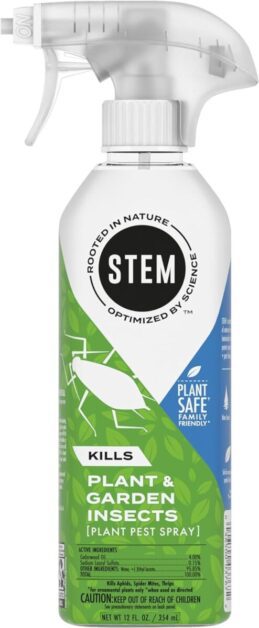
✔ Safe for Plants: This spray is formulated to be gentle on plants, making it suitable for use on a wide range of ornamental and edible plants without causing harm or damage.
✔ Versatile Use: It can be used both indoors and outdoors, providing flexibility in addressing pest infestations in gardens, greenhouses, and indoor plant collections.
✔ Easy Application: The spray is easy to use, simply requiring application to the affected plants using a spray bottle, minimizing the hassle of pest control efforts.
✔ Non-Toxic: Unlike chemical pesticides, STEM Plant Spray is non-toxic and safe for use around children and pets, offering peace of mind for environmentally conscious gardeners.
✔ Biodegradable: The ingredients in the spray are biodegradable, reducing environmental impact and supporting sustainable gardening practices.
✔ Effective Repellent: Many users report effective results in repelling a variety of garden pests, including aphids, mites, and beetles, without the need for harsh chemicals.
❌ Strong Odor: The garlic-based formula may have a strong odor that some users find unpleasant, particularly when used indoors or in close proximity to living spaces.
❌ Limited Pest Spectrum: While effective against many common garden pests, STEM Plant Spray may not be as effective against all pest species, requiring additional pest management strategies for comprehensive control.
❌ Residual Odor: The garlic odor may linger on treated plants and surfaces, which could be a concern for users sensitive to strong smells or for plants grown for culinary purposes.
❌ Potential Sensitivities: Some individuals may experience skin or respiratory sensitivities to the garlic-based ingredients, necessitating caution during application and use.
❌ Availability: Availability of STEM Plant Spray may vary depending on location and retailer, making it less accessible to some gardeners.
❌ Cost: Compared to conventional chemical pesticides, garlic-based sprays like STEM Plant Spray may be more expensive, which could be a consideration for budget-conscious gardeners.
Exploring Advanced Techniques and Innovations in Aeroponics
In recent years, the field of aeroponics has seen remarkable advancements in techniques and innovations. As researchers continue to explore this promising method of growing plants without soil, new methods and tools are being developed to maximize plant growth and improve overall efficiency.
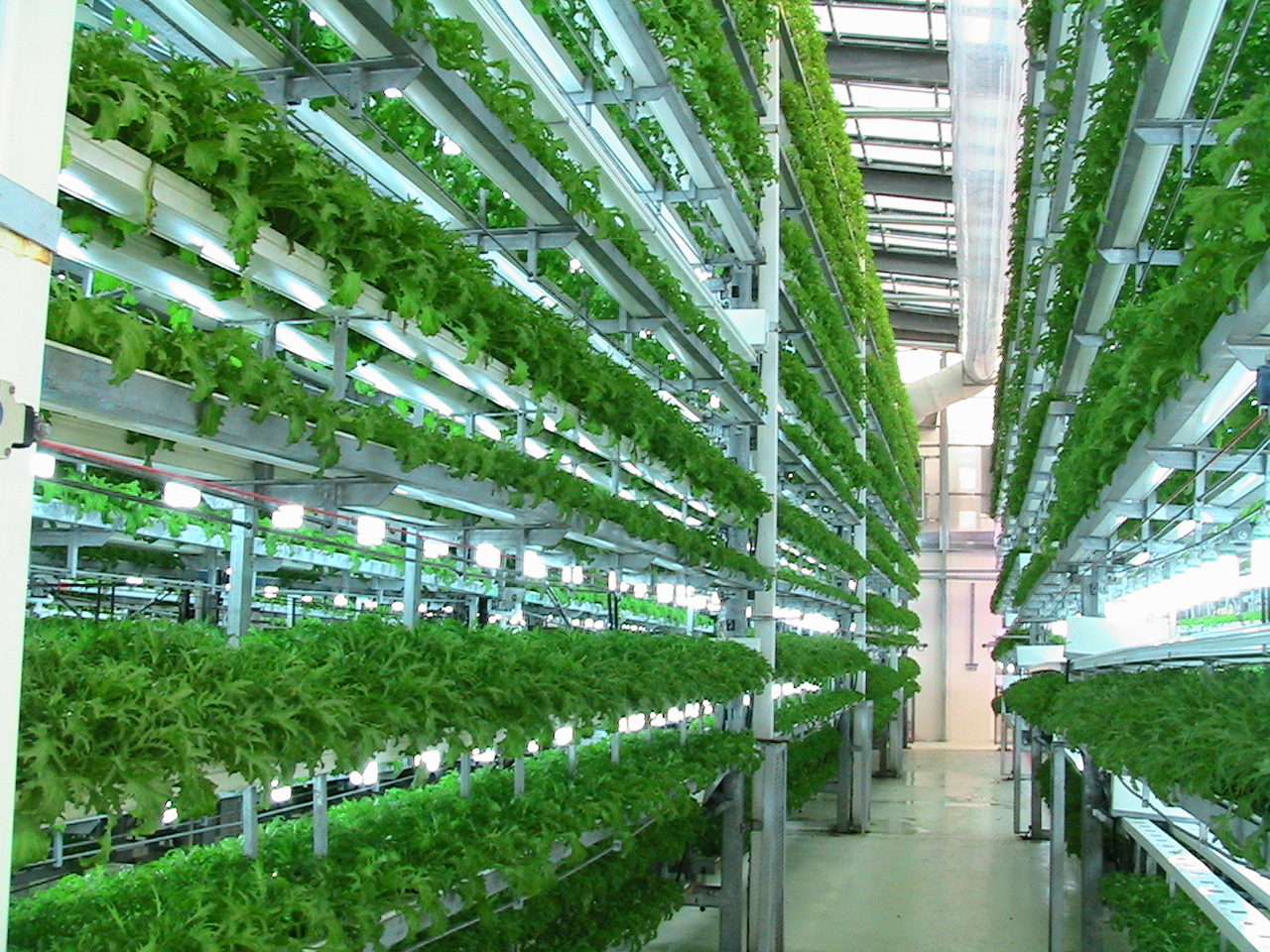
- Misting Systems in Aeroponics:
- Fine Mist Delivery: Misting systems deliver a fine mist of nutrient-rich solution directly to plant roots.
- Optimal Absorption: This ensures optimal nutrient uptake, leading to faster and healthier growth.
- Controlled Environment: Aeroponics provides a controlled environment for precise monitoring and adjustment of factors like humidity and temperature.
- Innovations in Aeroponic Technology:
- Smart Sensors: Introduction of smart sensors streamlines nutrient delivery and environmental control.
- Automation Systems: These systems reduce grower workload and enhance efficiency.
- Real-Time Data Collection: Growers can collect and analyze data in real time, making informed decisions for optimal plant growth.
Aeroponics continues to evolve, offering exciting possibilities for efficient and sustainable plant cultivation. 🌱🌿
The following table shows the different Advanced Techniques and Innovations in Aeroponics:
| Technique/Innovation | Application/Tips | Quantitative Benefits |
|---|---|---|
| 1. High-Pressure Aeroponics (HPA) | Maintain misting pressure at 80-100 psi | – Provides fine droplets for efficient nutrient absorption by plant roots. |
| Ensure nozzle design allows uniform mist distribution | – Aims for droplet size between 50-80 microns for optimal nutrient uptake. | |
| 2. Fogging Systems in Aeroponics | Use ultrasonic or high-pressure fogging systems | – Produces fine mist for enhanced nutrient coverage and uptake. |
| Adjust fogging intervals based on plant growth stages | – Varies misting frequency for different developmental stages. | |
| 3. Nutrient Film Technique (NFT) | Maintain nutrient film thickness around 1-2 mm | – Allows roots to access nutrients while preventing waterlogging. |
| Monitor pH and EC levels regularly | – Ensures nutrient solution remains within optimal ranges. | |
| 4. Vertical Aeroponic Towers | Utilize vertical towers for space-efficient cultivation | – Maximizes vertical space while providing optimal aeration. |
| Rotate towers to ensure uniform plant exposure to light | – Promotes even growth and nutrient absorption across all plants. | |
| 5. Automated Aeroponic Systems | Implement sensors for real-time monitoring of environmental factors | – Enables precise control and adjustment of nutrient solution parameters. |
| Use programmable controllers for automated nutrient delivery | – Allows customization of nutrient delivery schedules for different crops. | |
| 6. Aeroponic Root-Zone Temperature Control | Maintain root-zone temperature within optimal ranges | – Enhances nutrient absorption and overall plant health. |
| Utilize heating or cooling systems as needed | – Ensures root-zone temperature stability throughout plant growth. |
As research continues to push the boundaries of aeroponics, it is clear that advanced techniques and innovations hold tremendous potential for the future of agriculture. With the ability to grow plants in a controlled and efficient manner, aeroponics offers sustainable solutions for food production and resource conservation. By harnessing these advancements, we can unlock the full potential of this cutting-edge cultivation method and pave the way for a greener, more productive future.
Watch video for more information:
FAQ
What are some advanced techniques being explored in the field of aerop?
In the article, we discussed several advanced techniques and innovations in aerop, such as the use of composite materials, advanced propulsion systems, and aerodynamic design improvements.
How are composite materials being used in aerop?
Composite materials, which are a combination of two or more materials with different properties, are being used in aerop to create lighter and stronger aircraft structures. These materials offer higher strength-to-weight ratios compared to traditional materials like aluminum, contributing to improved fuel efficiency and increased payload capacity.
Can you provide more information about advanced propulsion systems in aerop?
Advanced propulsion systems, including electric and hybrid-electric engines, are being explored to reduce emissions and noise levels in aerop. These systems aim to enhance efficiency and sustainability by utilizing alternative energy sources and minimizing reliance on fossil fuels.
What are some examples of aerodynamic design improvements?
Aerodynamic design improvements focus on reducing drag and increasing lift, which result in improved efficiency and performance. Examples include the use of winglets, which reduce vortex drag, and the integration of advanced wing designs, such as laminar flow wings, to minimize turbulent airflow.
Are there any innovations in aerop related to passenger comfort?
Yes, innovations in aerop also extend to improving passenger comfort. For instance, the integration of advanced cabin air filtration systems can enhance air quality, reducing the spread of airborne diseases. Additionally, advancements in seat design and materials can provide better ergonomics and support for passengers during long flights.
How is the aviation industry addressing sustainability concerns in aerop?
The aviation industry is actively addressing sustainability concerns in aerop by investing in research and development of alternative fuels, promoting more efficient aircraft designs, and implementing emission reduction strategies. These efforts aim to minimize the environmental impact of air travel and contribute to a greener aviation industry.
What role does artificial intelligence (AI) play in aerop innovations?
AI plays a significant role in aerop innovations, particularly in areas such as autonomous flight, predictive maintenance, and air traffic management. AI algorithms can analyze vast amounts of data to optimize flight routes, improve safety, and enhance operational efficiency in the aviation industry.

Studied Agricultural Engineering-Plant Protection at University of California, Davis.
Head of Content writing team at Southelmontehydroponics.com

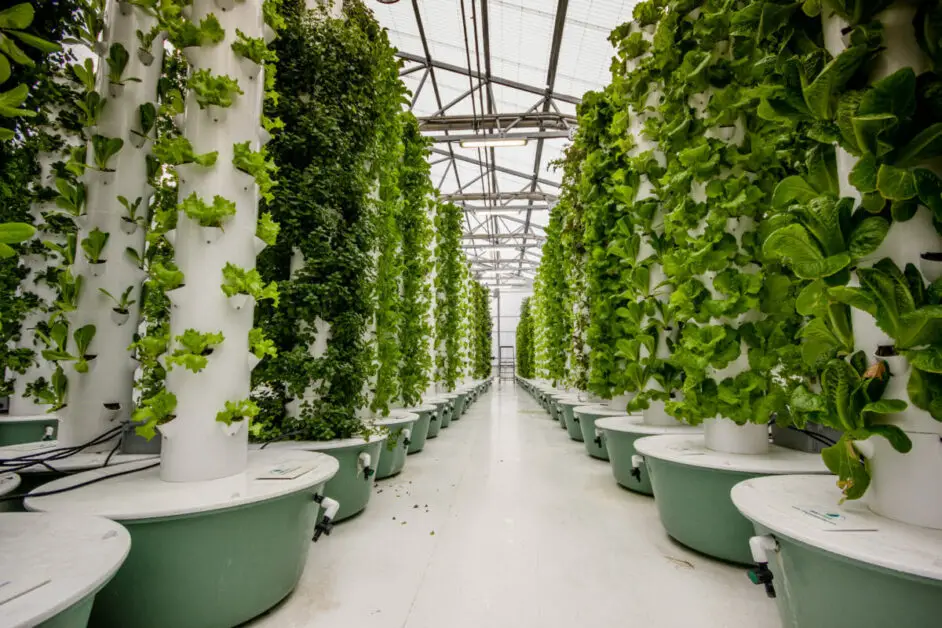

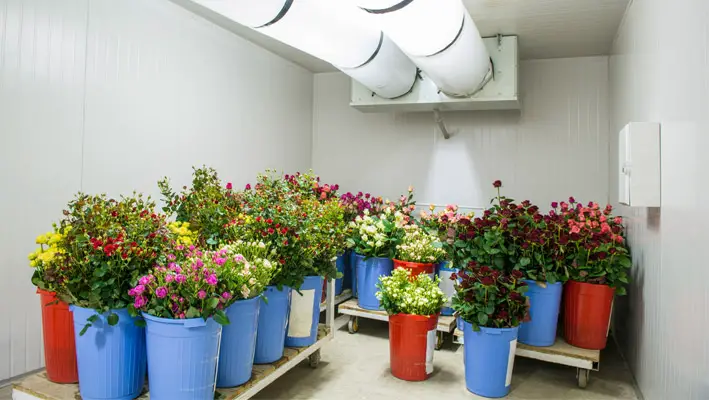
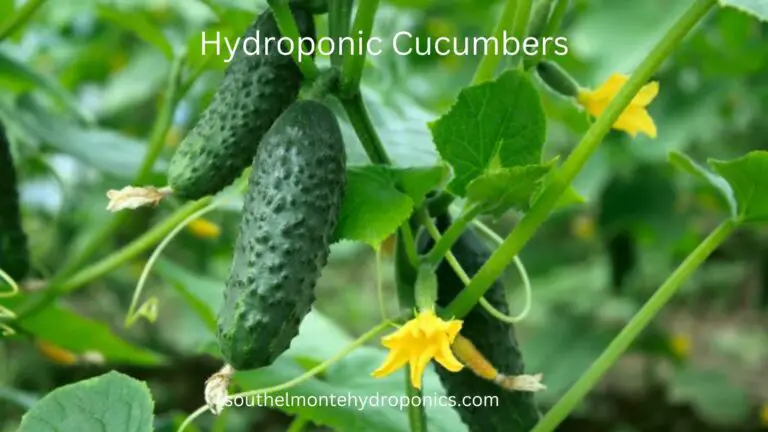
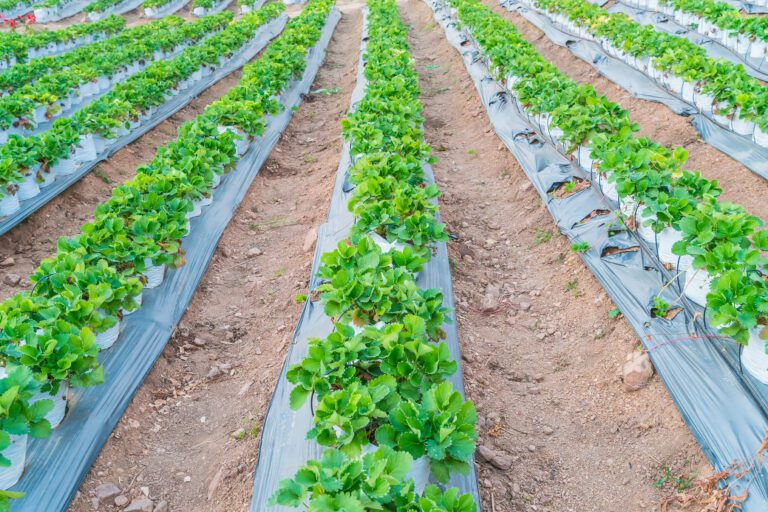
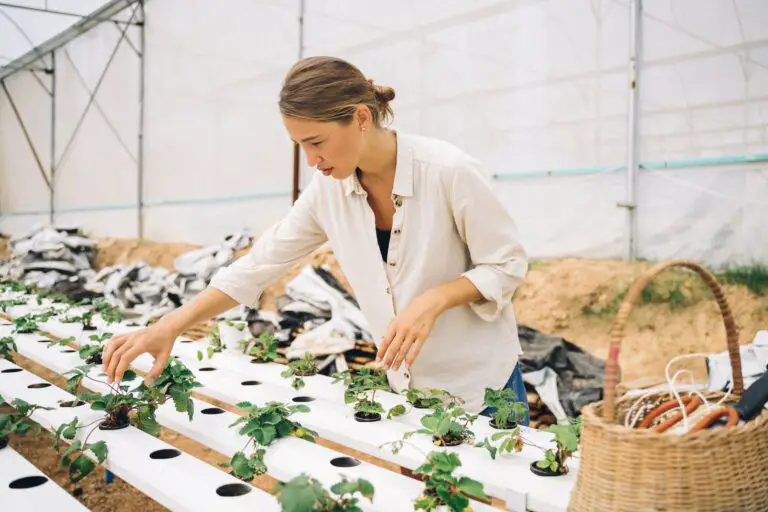
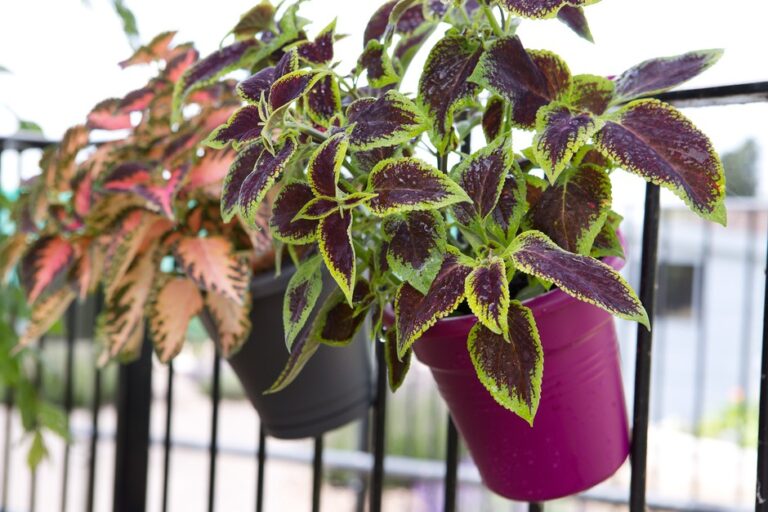
My spouse and i have been very glad Jordan managed to round up his research by way of the precious recommendations he had out of the web pages. It’s not at all simplistic just to continually be freely giving guides which often the rest may have been making money from. And we all keep in mind we have the writer to be grateful to for this. These explanations you made, the simple website navigation, the friendships you can aid to create – it’s got everything great, and it is leading our son in addition to us consider that that subject is excellent, and that’s highly indispensable. Many thanks for all!